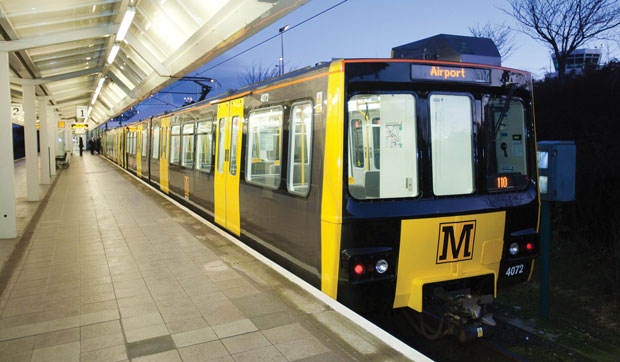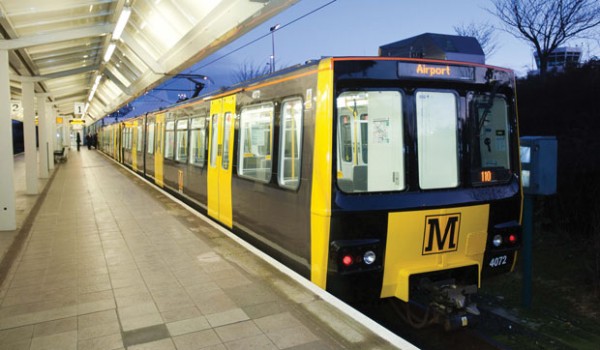Passengers surveyed on design of new Tyne and Wear Metro trains
- Like
- Digg
- Del
- Tumblr
- VKontakte
- Buffer
- Love This
- Odnoklassniki
- Meneame
- Blogger
- Amazon
- Yahoo Mail
- Gmail
- AOL
- Newsvine
- HackerNews
- Evernote
- MySpace
- Mail.ru
- Viadeo
- Line
- Comments
- Yummly
- SMS
- Viber
- Telegram
- Subscribe
- Skype
- Facebook Messenger
- Kakao
- LiveJournal
- Yammer
- Edgar
- Fintel
- Mix
- Instapaper
- Copy Link
Posted: 7 February 2017 | Katie Sadler, Intelligent Transport | No comments yet
Tyne and Wear Metro passengers have approved the design of its new trains according to a survey published by Transport Focus.


Tyne and Wear Metro passengers have approved the design of its new trains according to a survey published by Transport Focus.


Transport Focus undertook research on the design of the new Tyne and Wear Metro trains by means of interviewing 1,000 passengers at Metro stations, receiving opinion from six focus groups and further in-depth interviews with passengers with sight, hearing or mobility impairments.
Passenger approval given for inside wall seating on new Tyne and Wear Metro trains
The research reveals, metro passengers have given approval to seating along the inside wall of its new trains. This will improve passenger flow and increase space inside the trains which has been a significant issue with passengers.
Operator Nexus is currently completing the case for investing £540m in its urban rail system. The results help Nexus understand passengers’ preferences for the design.
“Our research indicates that perception of space in the train is a key issue for Metro passengers”
Commenting on the results, Anthony Smith, chief executive of the transport user watchdog, Transport Focus, said: “We were delighted to work with Nexus to help them understand what their passengers want from their new trains. There is no better way to ensure the design meets their needs than to ask the users themselves. We conducted similar research for Merseytravel two years ago.
“Our research indicates that perception of space in the train is a key issue for Metro passengers. While passengers are happy with the ease of getting on and off, trains can become congested and future designs should include features that encourage passengers to move down within the carriages.
“Passengers identify the current layout of seats to be a key contributor to a lack of space within Metrocars; linear seating designs are therefore seen to be most suitable for commuters. Not everyone has the same opinion and designs involving a greater mix of seating are favoured by those travelling outside of peak times.”
“We have talked to our passengers early on so that their views can be reflected fully as we complete the business case for trains”
Tobyn Hughes, Managing Director of Nexus, added: “We have talked to our passengers early on so that their views can be reflected fully as we complete the business case for trains and approach potential suppliers.
“By working the leading transport user watchdog, Transport Focus, and experts in community research from Newcastle University’s Open Lab we have gathered valuable independent research alongside our own consultation.
“Metro is the busiest local rail system outside London and our passengers have shown a clear preference for linear seating because of the space and flexibility it provides. Because we have involved our passengers now we can challenge potential suppliers to study and respond directly to this research – and to meet and talk to passengers themselves as the design process moves forward.”
A summary of the report can be downloaded here.
Related organisations
DB Regio Tyne and Wear, Nexus, Transport Focus



